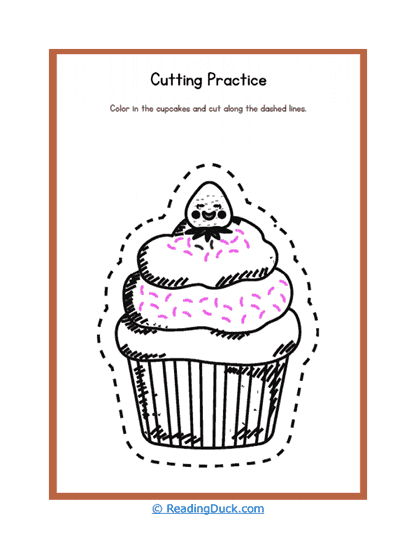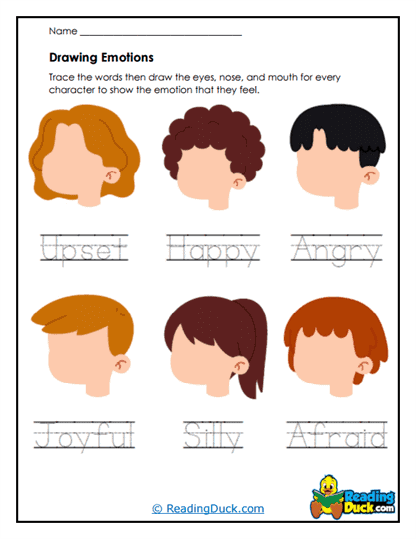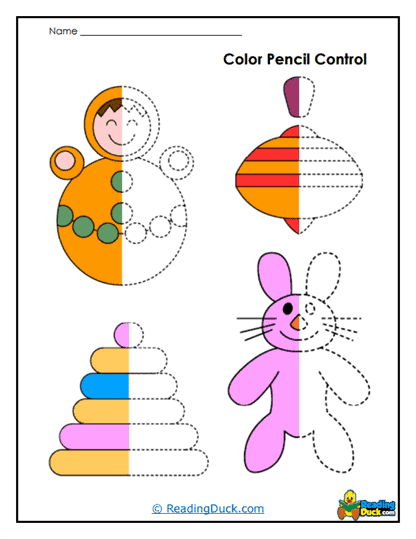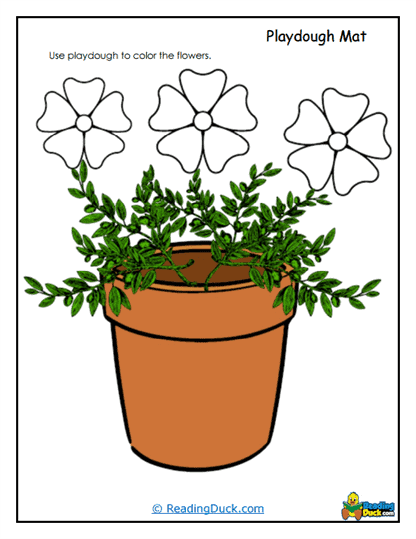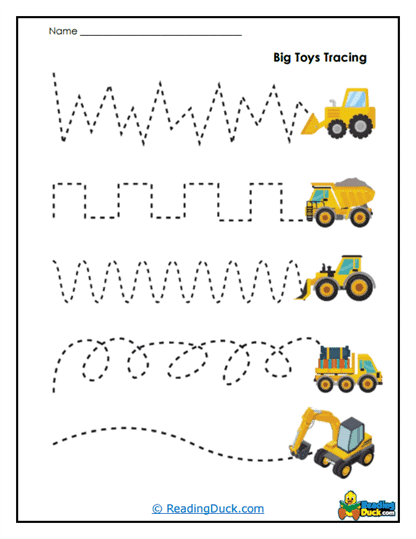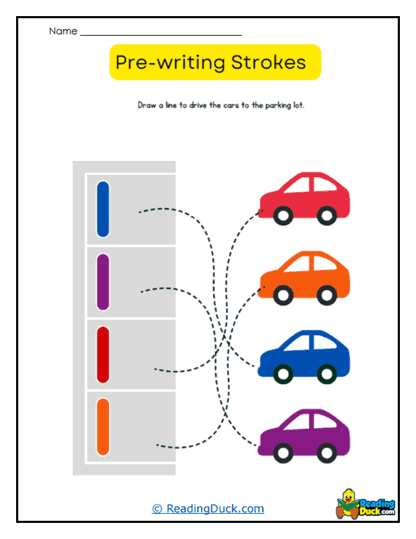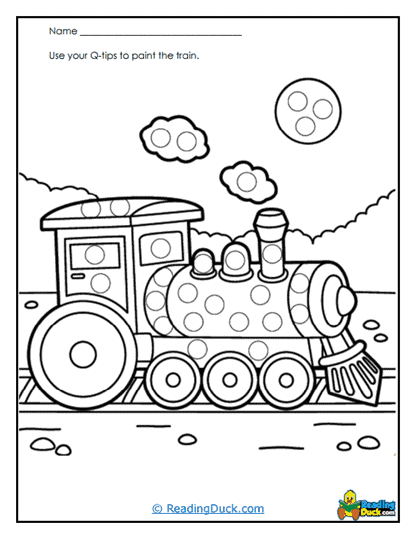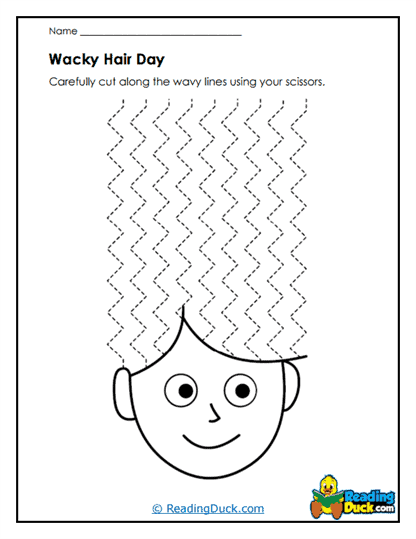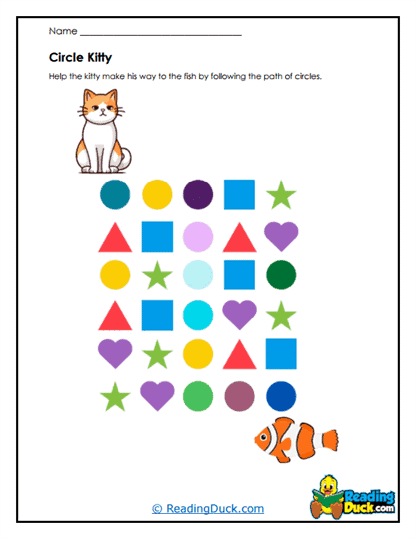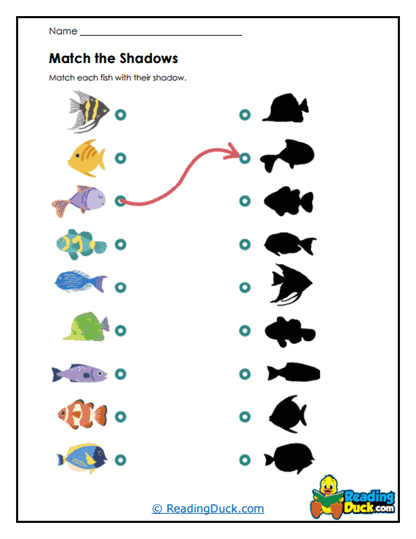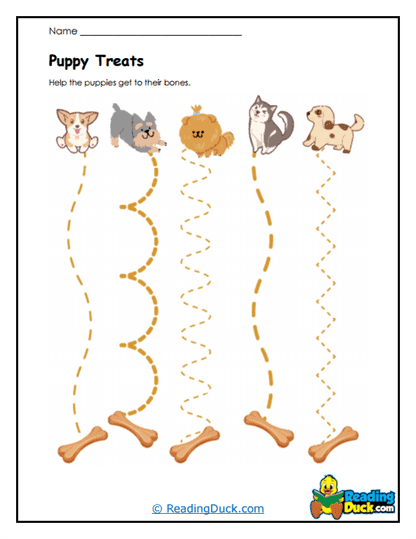Fine Motor Worksheets
About Our Fine Motor Worksheets
Our Fine Motor Worksheets collection is an extensive resource designed to develop and refine the fine motor skills essential for early childhood development. This collection includes a variety of activities, from tracing and cutting to coloring and playdough manipulation, making it an ideal tool for both classroom and homeschool environments. Each worksheet is available in PDF format for easy access, download, and printing, and includes an answer key where applicable.
Enhancing Fine Motor Skills in Early Learners
The worksheets in this collection are crafted to strengthen fine motor skills, which are crucial for a child’s ability to perform tasks such as writing, cutting, and manipulating small objects. Here’s a breakdown of the different areas these worksheets aim to develop:
- Pencil Control: Developing pencil control is a fundamental skill that supports handwriting and drawing. Worksheets in this category help children learn how to hold and maneuver a pencil with precision, preparing them for writing letters, numbers, and shapes.
- Tracing Lines and Path Tracing: Tracing is an excellent activity for building hand-eye coordination and fine motor control. Worksheets that focus on tracing straight, curved, or zigzag lines guide children through the process of following a path, which is a precursor to writing.
- Prewriting and Prewriting Strokes: Before children can write letters and numbers, they need to master basic prewriting strokes such as lines, curves, and circles. These worksheets provide repetitive practice that helps children develop the muscle memory needed for writing.
- Scissor Skills and Cutting Practice: Cutting activities are essential for developing hand strength and coordination. Scissor skills worksheets offer guided cutting exercises that help children learn how to handle scissors safely and effectively.
- Cut and Paste Numbers and Letters: These activities combine cutting practice with letter and number recognition, allowing children to enhance their fine motor skills while also reinforcing early literacy and numeracy concepts.
- Cut Out Templates: Templates provide structured cutting practice, helping children develop precision and control as they cut out shapes, characters, or objects. This activity is great for improving focus and attention to detail.
- Coloring Pages: Coloring within lines is a classic fine motor activity that helps children develop control over their hand movements. These worksheets encourage creativity while also strengthening the small muscles in the hands and fingers.
- Q-tip Painting and Dot Marker Printables: These activities promote fine motor control by requiring children to hold and manipulate small objects, such as Q-tips or dot markers. They also encourage creativity and can be particularly engaging for tactile learners.
- Draw What You Read: This activity combines fine motor skill development with comprehension. As children draw pictures based on what they read or hear, they practice controlling their hand movements while also engaging their imagination and understanding of the material.
- Shapes: Recognizing and drawing shapes is an essential skill that supports both fine motor development and early math concepts. Worksheets in this category help children practice drawing and identifying shapes, enhancing their spatial awareness and coordination.
- Playdough Mats: Manipulating playdough is a fantastic way to strengthen the small muscles in the hands. Playdough mats provide guided activities that encourage children to roll, flatten, and shape dough, building strength and dexterity in a fun, hands-on way.
- Toddlers: For the youngest learners, activities are designed to introduce basic fine motor skills in a playful and engaging manner. These worksheets are tailored to the developmental needs of toddlers, focusing on simple tasks that build foundational skills.
Integrating Fine Motor Worksheets into the Curriculum
Here are some practical ideas for incorporating these worksheets into your early childhood education curriculum:
- Morning Work: Use fine motor worksheets as part of a daily morning routine to warm up young learners’ hands and minds. Activities like tracing lines or coloring can be a calming way to start the day while also reinforcing important skills.
- Small Group Instruction: Integrate these worksheets into small group settings where children can receive focused attention on specific fine motor tasks, such as cutting or pencil control. This setting allows for individualized instruction and immediate feedback.
- Centers or Rotations: Set up fine motor skill centers in your classroom where students can rotate through different activities, such as playdough mats, cutting practice, or Q-tip painting. These centers provide a variety of tactile experiences that are crucial for fine motor development.
- Homework or Extra Practice: Assign fine motor worksheets as homework to give children additional practice at home. This also provides parents with the opportunity to be involved in their child's motor skill development.
- Therapeutic Use: These worksheets can be an excellent resource for occupational therapy sessions, where specific fine motor challenges can be addressed. Tailoring the activities to the child’s needs can help improve their motor skills in a targeted and effective way.
- Grade Level Considerations: While these worksheets are primarily designed for preschool and kindergarten students, some activities may also be suitable for toddlers and first graders. For instance, younger children might engage with basic cutting or tracing tasks, while older students can tackle more advanced activities like detailed pencil control exercises or complex shape drawings.
The Importance of Fine Motor Skill Development
Fine motor skill development is a critical aspect of early childhood education, directly impacting a child's ability to perform essential tasks both in and out of the classroom. The Fine Motor Worksheets in this collection provide a structured yet engaging approach to strengthening these skills, which are foundational for many everyday activities.
Fine motor skills involve the coordination of small muscles in the hands and fingers, which children use to grasp objects, manipulate tools, and perform tasks that require precision. These skills are not only crucial for writing and cutting but also for dressing, eating, and playing. By engaging in activities like tracing, cutting, coloring, and manipulating objects, children are building the muscle strength and coordination needed for these tasks.
Moreover, developing fine motor skills early on sets the stage for academic success. When children can hold a pencil correctly, cut with scissors, or trace shapes accurately, they are better prepared for writing letters and numbers, drawing, and engaging in more complex classroom activities. These foundational skills support cognitive development as well, as they require children to focus, follow instructions, and solve problems—key components of learning.
In the classroom, consistent practice with fine motor activities helps to ensure that children develop the necessary hand strength and coordination to meet academic challenges. For instance, by regularly practicing scissor skills or prewriting strokes, children become more confident and competent in their abilities, which can translate into greater success in writing, art, and other fine motor-dependent tasks.
For educators and parents, these worksheets offer a clear and effective means of supporting a child’s development in this critical area. Whether used as part of a daily routine, in targeted small group sessions, or as part of a larger curriculum, the Fine Motor Worksheets provide the repetition and variety needed to build strong, capable hands.
In conclusion, the development of fine motor skills is not just an isolated aspect of early childhood education but a vital component that underpins many areas of learning and daily life. The Fine Motor Worksheets in this collection offer a diverse range of activities that are both engaging and educational, ensuring that young learners have the tools they need to develop these essential skills. By integrating these worksheets into your curriculum, you are providing children with the practice and support necessary for them to thrive, both in the classroom and beyond. The investment in fine motor skill development at this early stage will pay dividends as children progress through their educational journey, equipping them with the abilities they need for success in school and in life.



